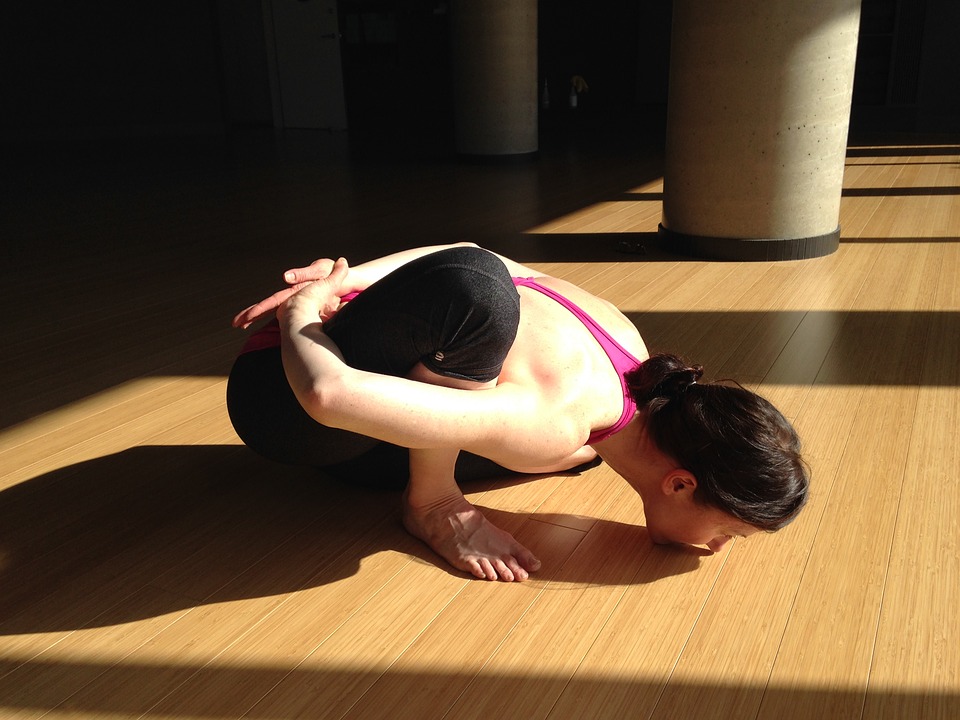 With January and the ‘new year’ well and truly over, dance classes are back to normal and the usual dance training for many dancers has resumed. Sometimes with new classes and extra training, other areas of technique and conditioning can slip a little further down the priority list: something which is usually neglected is a focus on flexibility.
With January and the ‘new year’ well and truly over, dance classes are back to normal and the usual dance training for many dancers has resumed. Sometimes with new classes and extra training, other areas of technique and conditioning can slip a little further down the priority list: something which is usually neglected is a focus on flexibility.
With added dancing workload, new muscles are being used and they can become tight and sore as a result. There are certain flexibility improvements, however, that can be made in order to maintain flexibility and nurture it throughout additional training or classes you may take on in 2016.
Dynamic stretching can have a big impact on overall flexibility and help to retain technique previously built up. Dynamic stretching, and the movement that comes with it, helps to prepare the body for work on flexibility levels by increasing the flow of blood and oxygen to the muscles, warming up the muscles and mobilising the joints. Once the body is warm, dynamic stretches take the body through movement – such as walking lunges and hugging the knees to the chest – to begin increasing the elasticity of the muscles.
Alternatively, static stretching must only really be undertaken once the body is fully warmed up, as the stretches are still and held for much longer than dynamic stretches. These stretches should be held for around 30 seconds to increase flexibility, whereas dynamic stretches are held for around a third of this time, such as touching your toes. Gradually lengthen the muscle, breathe deeply and allow your muscles to relax into a deeper stretch throughout the stretch period.
Research continues to show that a combination of both dynamic and static stretching is most beneficial for increasing flexibility when your muscles are warm, however the stretches should never feel painful.
